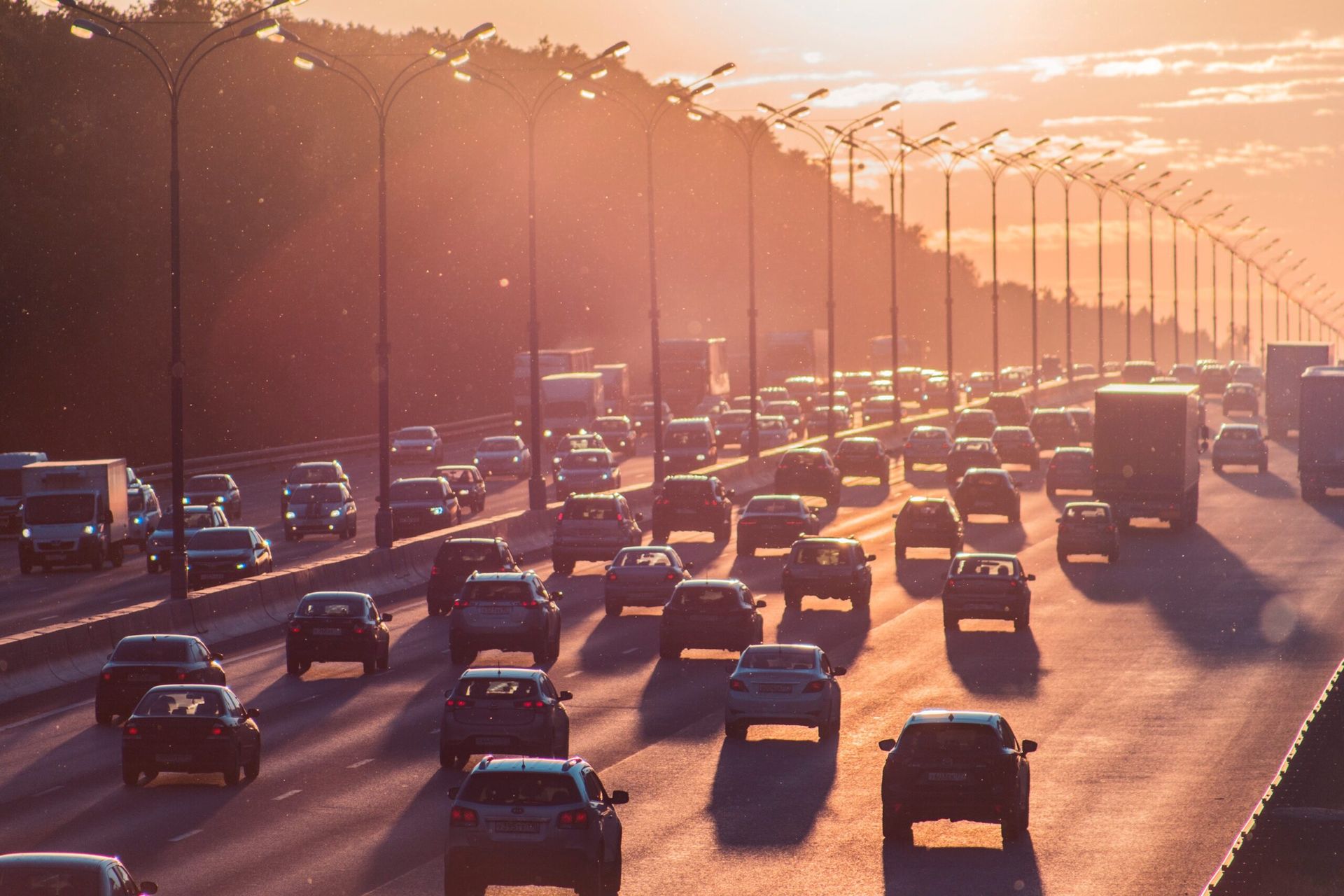Driving License and Documents
Before you hit the road in Italy, you’ll need to make sure you have all the necessary documentation. This includes a valid driver’s license, vehicle registration documents, and proof of insurance. If you’re a tourist, you may also need an international driving permit.
Speed Limits
Speed limits in Italy can vary depending on the type of road and location. In general, the speed limit on highways is 130 km/h (81 mph), while the limit on urban roads is 50 km/h (31 mph). In residential areas and near schools, the speed limit is usually 30 km/h (18 mph). It’s important to pay attention to speed limit signs and adjust your speed accordingly.
Seatbelts and Child Restraints
Seatbelts are mandatory for all passengers in the car, including the driver. Children under the age of 12 or shorter than 150 cm (4.9 ft) must use a child restraint system appropriate for their age and weight.
Drinking and Driving
Italy has strict laws when it comes to drinking and driving. The legal blood alcohol limit is 0.5 grams per liter, which is lower than in many other countries. It’s always best to avoid drinking and driving altogether and use public transportation or a designated driver instead.
ZTL Zones
ZTL (Zona Traffico Limitato) zones are restricted traffic areas in some Italian cities. These zones are designed to reduce traffic congestion and pollution, and only authorized vehicles are allowed to enter. Make sure to check for signs and know the rules before entering a ZTL zone.
In conclusion, driving in Italy can be a great way to explore the country, but it’s important to follow the traffic rules and regulations to ensure a safe and enjoyable experience. Remember to always carry the necessary documentation, pay attention to speed limits, wear seatbelts and use child restraints, avoid drinking and driving, and be aware of ZTL zones. By following these rules, you can enjoy the beauty of Italy without any issues or complications on the road.

